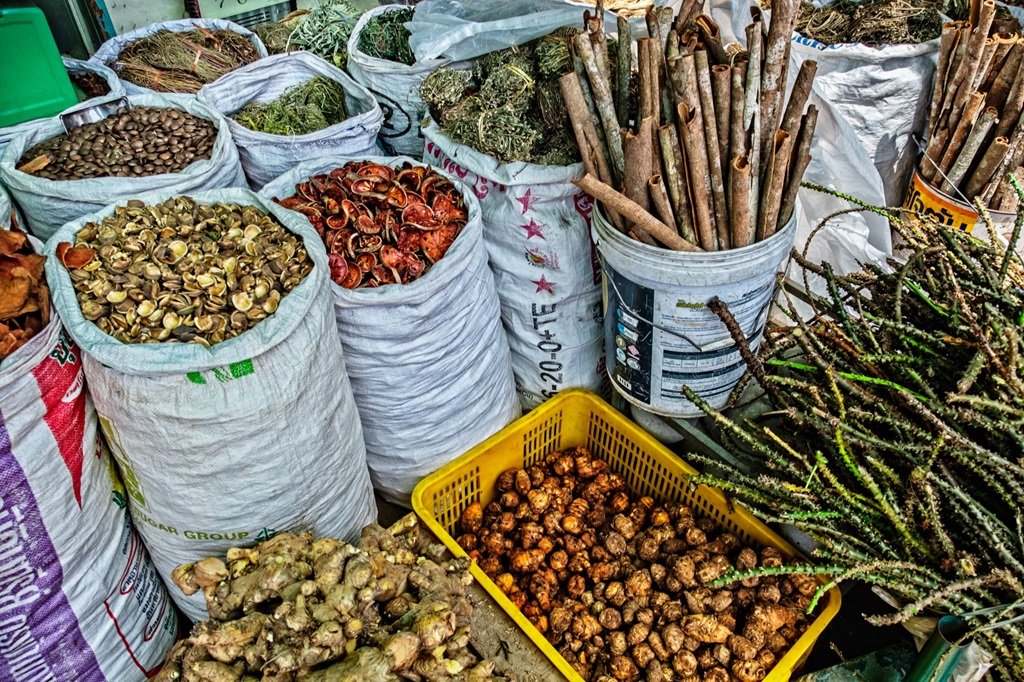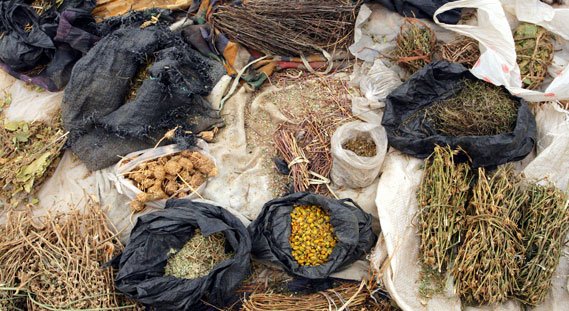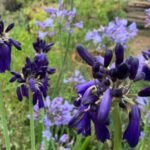Ancient Uses of Traditional Herbs Across Cultures
Herbal medicine has been a cornerstone of healing in cultures around the world for thousands of years. From ancient Egypt to Indigenous tribes in North America, traditional herbs have played a crucial role in maintaining health, treating ailments, and enhancing well-being. These herbs were often revered not only for their healing properties but also for their spiritual significance. In this post, we will explore how different cultures have used traditional herbs throughout history and their lasting impact on modern medicine.

1. Ancient Egyptian Herbal Medicine
In ancient Egypt, medicinal plants were integral to both everyday life and religious rituals. Egyptians were among the first to document the use of herbs in healing. They believed that certain plants had divine properties and could communicate with the gods. Some of the most notable herbs used in Egyptian medicine include:
- Myrrh: Known for its antimicrobial and anti-inflammatory properties, myrrh was used in wound healing and as a preservative in embalming.
- Frankincense: This aromatic resin was used for its calming effects and in rituals. It was also believed to help with respiratory conditions and digestive issues.
- Garlic: Revered for its strength, garlic was often used as a remedy for infections, digestive disorders, and even to boost strength during long journeys.
The Egyptians had extensive knowledge of medicinal herbs, with written records, such as the Ebers Papyrus, documenting their use of over 800 plant-based remedies.
2. Traditional Chinese Medicine (TCM)
Traditional Chinese Medicine (TCM) has utilized herbs for thousands of years, focusing on balancing the body’s energy, or qi, and maintaining harmony between the body, mind, and spirit. TCM herbalists believe that each herb has its own energy and specific function. The most important herbs in TCM include:
- Ginseng: This adaptogenic herb was used to enhance energy, boost the immune system, and improve overall vitality.
- Gingko Biloba: Believed to improve memory and circulation, gingko has been used for centuries to support cognitive function.
- Licorice Root: Often referred to as the “grandfather of herbs,” licorice root was used to harmonize other herbs and treat a wide variety of conditions, including respiratory and digestive issues.
Chinese herbal medicine emphasizes holistic healing, where herbs are often combined into formulas tailored to an individual’s specific needs. TCM has influenced modern herbal practices globally, and many of these herbs are now common in Western herbalism.
3. Indigenous Herbal Medicine in North America
Indigenous tribes in North America have used herbs for thousands of years, developing rich traditions of plant-based healing passed down through generations. These plants were used for both medicinal and spiritual purposes. Some of the most revered plants include:
- Echinacea: Used by Native American tribes to treat infections and support the immune system, echinacea is still one of the most popular herbal remedies today.
- White Sage: Sacred to many Indigenous peoples, white sage was used in purification rituals and to cleanse the spirit, as well as in the treatment of respiratory and digestive conditions.
- Black Cohosh: Traditionally used by Native American women to treat menstrual cramps, menopause symptoms, and other reproductive health concerns.
For Indigenous cultures, plants were not just healing tools but also seen as spiritual allies, and their use was often guided by ceremonial rituals and deep respect for nature.
4. Ayurveda and Indian Traditional Herbs
Ayurveda, the ancient healing system of India, has used medicinal herbs for over 5,000 years. Ayurvedic medicine is based on the idea that balance between the body, mind, and spirit is essential for health. Herbs are used to restore this balance by addressing the individual’s dosha, or constitution. Key herbs in Ayurvedic practices include:
- Ashwagandha: Often referred to as the “king of herbs,” ashwagandha is used to reduce stress, improve energy levels, and support overall vitality.
- Turmeric: Known for its anti-inflammatory properties, turmeric has been used for centuries to treat skin conditions, digestive issues, and pain.
- Tulsi (Holy Basil): Revered as a sacred plant, tulsi is used to treat a variety of ailments, including stress, respiratory problems, and digestive disorders.
Ayurvedic herbs continue to be widely used in both India and the West, often in the form of teas, oils, and supplements.
5. Ancient Greek and Roman Herbal Practices
The ancient Greeks and Romans were pioneers in the study and use of medicinal plants. Herbalism was a central aspect of daily life, and many of the herbs they used are still in use today. Influential figures like Hippocrates and Dioscorides contributed to the documentation of herbal knowledge, which has shaped Western herbal medicine. Notable herbs from this tradition include:
- Lavender: Used for its calming and anti-inflammatory effects, lavender was commonly used in baths to promote relaxation and soothe headaches.
- Peppermint: Known for its digestive benefits, peppermint was used to relieve nausea, indigestion, and headaches.
- Rosemary: Frequently used as a memory enhancer and for its antiseptic properties, rosemary was also used in cooking for both flavor and medicinal purposes.
The ancient Greeks and Romans established a foundation for modern herbalism, with many of their remedies still being practiced in contemporary herbal medicine.
Conclusion
The use of traditional herbs across cultures showcases the universal reliance on plant-based healing systems to support health and well-being. From the ancient Egyptians to Indigenous North American tribes, each culture has developed its own unique approach to medicinal herbs. These traditions have stood the test of time, offering remedies that continue to be used in modern herbal practices. By learning from the ancient uses of herbs, we can gain valuable insights into the power of plants in promoting health and healing.



